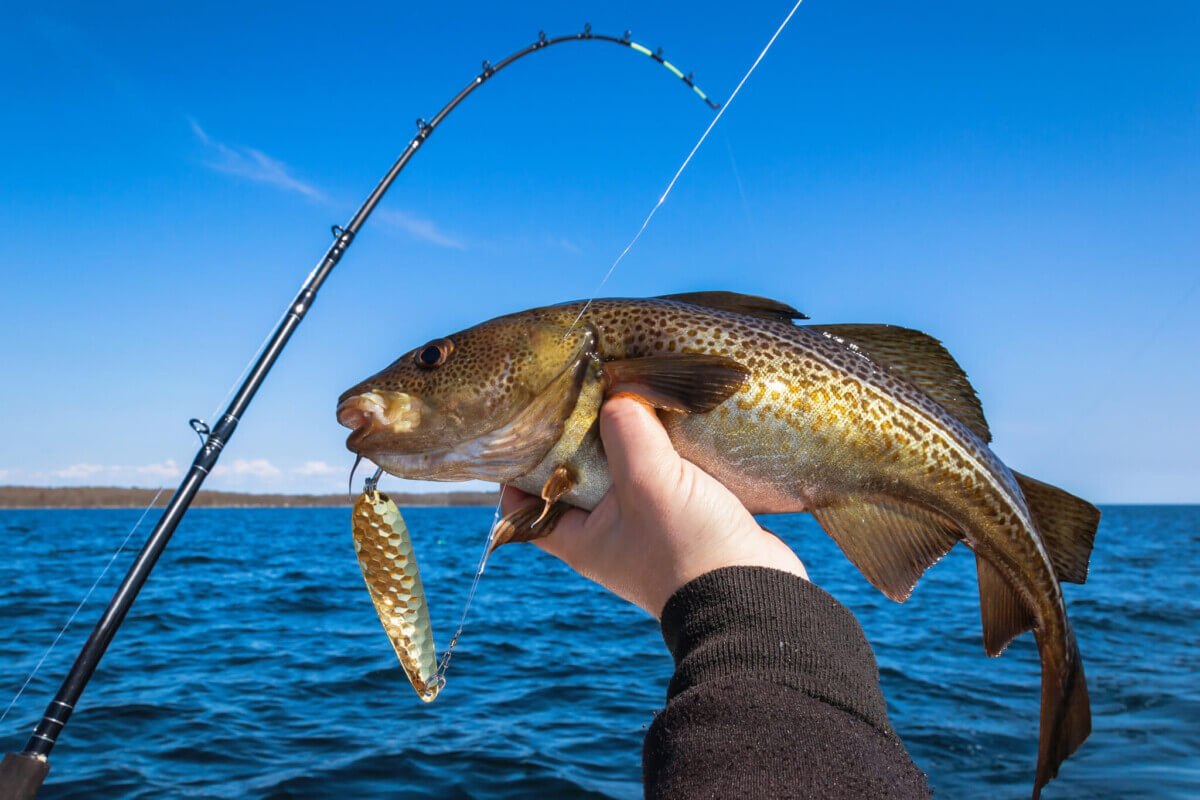
(© Piotr Wawrzyniuk - stock.adobe.com)
STANFORD, Calif. — Eating more fish may actually be the secret to saving the environment, a new study contends. An international team says a “blue food revolution,” which involves doubling the global consumption of aquatic produce, could beat climate change.
Researchers say this strategy would benefit human health as some fish are more nutritious than beef, lamb, goat, chicken, or pork. Plants and algae from freshwater and marine environments also boost diets. Additionally, fish farmers would benefit financially as they supply fish for the world's growing population.
The ambitious Blue Food Assessment (BFA) plan has been drawn up by an international team of more than 100 experts.
“Blue foods are much more diverse than typically thought, and so too are the many communities of small-scale fishers who are often overlooked despite providing the majority of blue food people eat,” says co-chair Professor Beatrice Crona from the Stockholm Resilience Centre in a university release.
“Few, if any, countries are developing their blue food sector to provide ecological, economic, and health benefits to its full potential,” adds co-chair Professor Rosamond Naylor of Stanford University. “This assessment aims to provide the scientific foundation for decision-makers to evaluate trade-offs and implement solutions that will make blue foods an instrumental part of an improved food system from local to global scales.”
The seafood diet may be the most nutritious for people
The database profiled 3,753 types of food including fish, crustaceans, and algae. Researchers also assessed levels of omega-3, vitamins A and B12, calcium, iodine, iron, and zinc in foods ranging from seaweed to salmon. The analysis finds the top seven categories of nutrient-rich animal foods are aquatic - including tuna, herring, shellfish, salmon, and trout.
Compared to chicken, trout has approximately 19 times more omega-3 fatty acids. Oysters and mussels have 76 times more vitamin B-12 and five times more iron. Carps have nine times more calcium. Seaweeds and farmed shellfish like clams and oysters performed best.
A mathematical model showed an eight-percent increase in seafood production by 2030 would slash prices by a quarter. It would also improve the diets of up to 166 million people - with benefits three times greater for women in low-income countries. Greenhouse gas emissions and pollution would also drop dramatically.
On average, the major species produced in aquacultures such as salmon and carp had environmental footprints comparable to chicken - the lowest-impact land meat. Sardines, anchovies, shellfish, and seaweeds all already offer lower stressors than chicken. The research also reveals blue food systems facing the highest risk from climate change are typically in locations where people rely on them most - and are least capable of coping with environmental changes.
The study appears in the journal Nature.
South West News Service Mark Waghorn contributed to this report.










